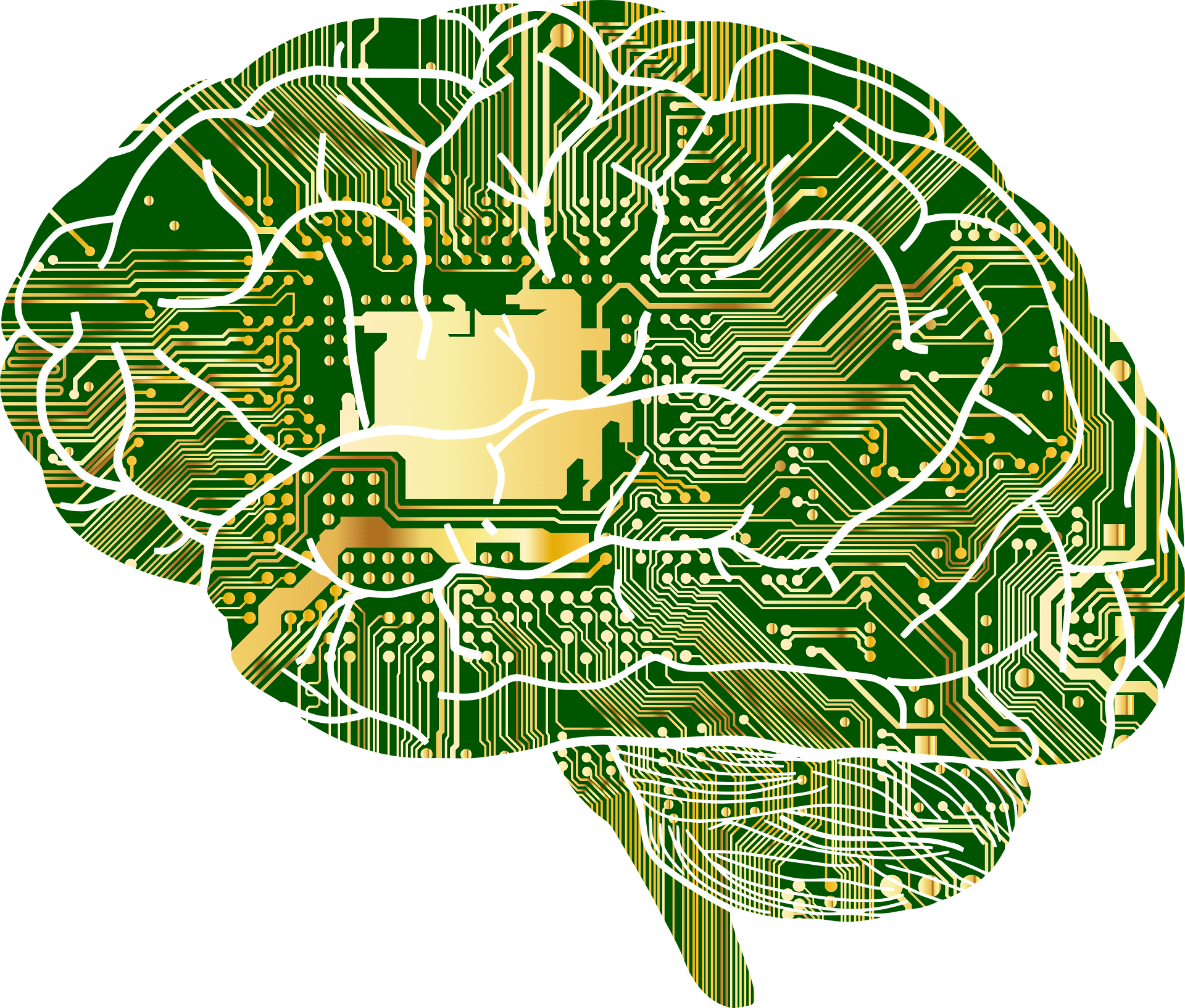By Guest Blogger: Colin W. Oczkowski, BAS, DPT, CSCS, PT
Registered Physiotherapist
A young client, let’s call her Mary, presented with unrelenting knee pain. It had worsened over several years to the point where she could barely walk the hallways at school – not to mention the agony when navigating stairs. After a consultation and examination, I diagnosed Mary with Patello-femoral pain syndrome (PFPS).
Patello-femoral pain syndrome (PFPS), also known as “anterior knee pain” or “chondromalacia patella” is typically a diagnosis of exclusion, which means that the arrival at PFPS essentially indicates that all other possible structural and anatomical diagnoses have been ruled out by unremarkable x-rays and no findings with diagnostic ultrasounds. PFPS can leave many people with a hopeless/helpless feeling. They simply want the pain to go away.
Did you know? There is a direct correlation between pain and psychotherapy?
As a Registered Physiotherapist, my suggestions will always be those that are less ‘flashy’ (no drugs, supplements or surgeries) like… exercise. Exercise is a tough sell, but it works when done consistently and can resolve PFPS long-term. It just takes time, perseverance, and a change in one’s perspective. So, that’s what I had to sell my young client, Mary, with really bad knee pain. Exercise.
Mary wanted to know how she could possibly exercise her way out of this relentless pain. We began with a discussion around “hurt versus harm” and the difference between the two. Even though an activity (such as exercise) may hurt, it doesn’t necessarily mean bodily harm.
The Brain’s Connection to Pain
When Mary’s knees hurt, and because they had hurt for so long, her brain was short-cutting the pain signal because it had learned how. Smart brain. The brain immediately activates pain centres – and does so really well. So well in fact, that Mary could activate the pain with tiny movements and even thoughts about the movements. Learn more about the link between pain and psychology.
I taught Mary how our body gets good at pain. Once she understood the concept, it became her turning point. Mary’s pain (hurt) typically resolved after a few hours following exercise, and with me reiterating hurt versus harm, and seeing her on a weekly basis for a couple of months, she started working out 5 days a week and enjoying it.
Mary learned how to battle through and win her body’s amplified response to pain in her knees. It was rewarding to witness. I always think about this when I’m helping other clients with chronic pain and teaching them how they can resolve their issues by mastering thoughts and movement.
Connect with Colin at UP Rehab
101 Osler Drive, Unit 134B, Dundas, Ontario L9H 4H4
Phone: 905.627.1234 | Email: | Website: https://uprehab.ca






